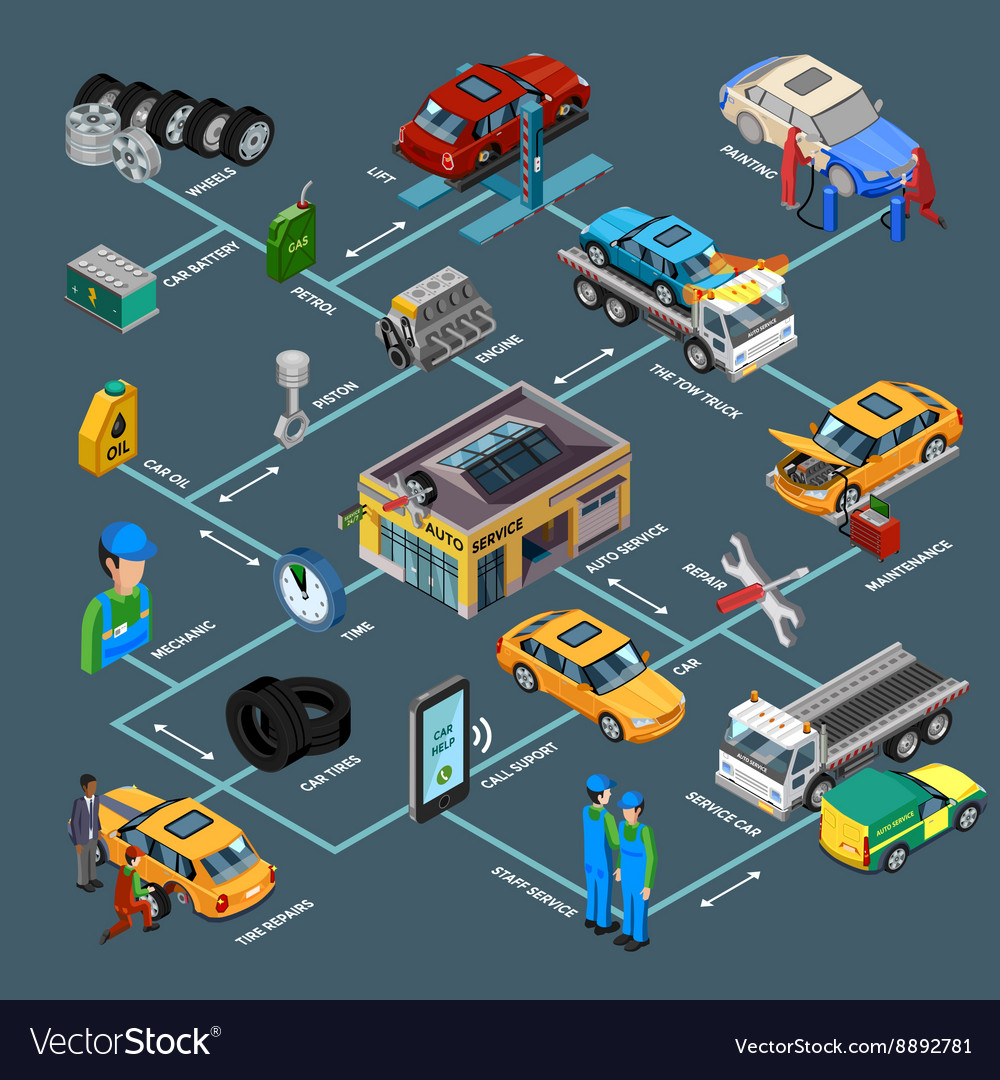Translating Your Auto'S Alert Lights: Their True Ramifications
Translating Your Auto'S Alert Lights: Their True Ramifications
Blog Article
Authored By-Samuelsen Winters
When you lag the wheel, those beautiful warning lights on your dashboard can be a little bit complicated. Do you know what they're attempting to tell you concerning your car's health? Recognizing the significance of these lights is crucial for your safety and security and the long life of your automobile. So, the next time one of those lights appears, would not you intend to decipher its message precisely and take the required actions to resolve it?
Common Warning Lighting and Interpretations
Determine usual warning lights in your car and recognize their significances to guarantee risk-free driving.
One of the most normal caution lights include the check engine light, which signifies problems with the engine or exhausts system. If this light begins, it's vital to have your automobile examined quickly.
The oil pressure warning light shows low oil pressure, needing prompt focus to stop engine damage.
detail supply store near me flashing battery light might recommend a defective billing system, possibly leaving you stranded if not dealt with.
The tire pressure monitoring system (TPMS) light notifies you to low tire pressure, affecting automobile stability and gas effectiveness. Overlooking this could cause harmful driving problems.
The ABS light shows a problem with the anti-lock stopping system, jeopardizing your capability to quit quickly in emergencies.
Finally, the coolant temperature cautioning light warns of engine overheating, which can result in severe damages if not solved promptly.
Comprehending these common caution lights will assist you deal with problems immediately and preserve secure driving problems.
Value of Prompt Interest
Understanding the typical caution lights in your car is just the primary step; the importance of promptly resolving these cautions can not be stressed sufficient to ensure your safety when driving.
When a caution light brightens on your control panel, it's your cars and truck's means of interacting a possible concern that requires attention. Neglecting these cautions can bring about more serious problems in the future, jeopardizing your safety and possibly costing you more out of commission.
Prompt attention to warning lights can protect against breakdowns and accidents. For example, a flashing check engine light could show a misfire that, if left neglected, can cause damages to the catalytic converter. Addressing https://www.ign.com/wikis/v-rising/Beginner's_Guide:_Basics,_Features,_and_Tips_For_Getting_Started without delay can conserve you from a pricey repair work.
In a similar way, a brake system cautioning light may signal low brake fluid or used brake pads, critical parts for your security when driving.
DIY Troubleshooting Tips
If you see a warning light on your dashboard, there are a couple of DIY fixing ideas you can attempt prior to looking for professional help.
The first step is to consult your cars and truck's guidebook to comprehend what the particular caution light shows. Often the problem can be as straightforward as a loose gas cap causing the check engine light. Tightening up the gas cap may settle the trouble.
An additional common problem is a low battery, which can activate various advising lights. Inspecting the battery links for rust and guaranteeing they're secure might take care of the problem.
If a caution light continues, you can try resetting it by disconnecting the cars and truck's battery for a couple of mins and afterwards reconnecting it. Additionally, examining your automobile's liquid levels, such as oil, coolant, and brake liquid, can aid repair warning lights related to these systems.
Final thought
In conclusion, understanding your car's warning lights is necessary for maintaining your vehicle running efficiently and safely. By immediately attending to these signals and knowing what they mean, you can prevent costly fixings and potential malfunctions.
Keep in mind to consult your vehicle's guidebook for certain details on each cautioning light and take action as necessary to guarantee a trouble-free driving experience.
Stay informed, remain safe when traveling!
